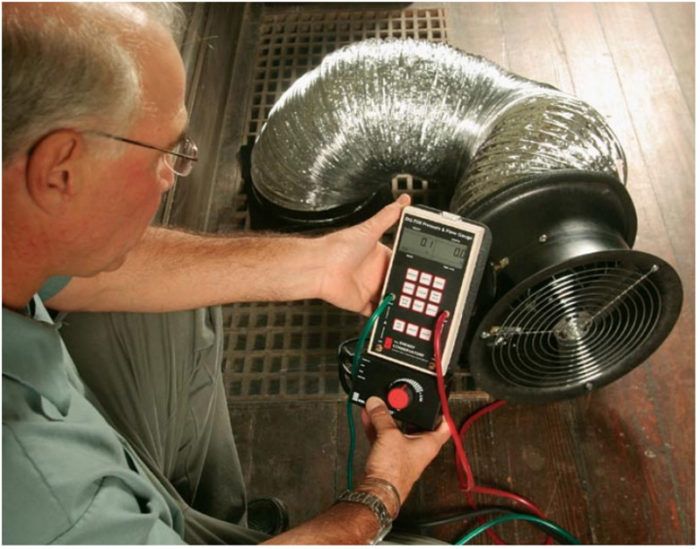Every House Needs an Energy Audit
Inspecting a house for inefficiencies is the first step toward optimized comfort and minimized utility costs.

Magazine extra: Follow John Jennings, an energy auditor at the firm Steven Winter Associates, while he makes recommendations on how to insulate a new shed dormer in an old home, where to insulate a garage workshop for the most impact, how to find wall-cavity R-values easily, and whether or not you really need to replace your old boiler.
In the bill from her gas company, Leslie MacKensie of Minneapolis learned that she could have a free energy audit performed on her house, so she made an appointment. After assessing the 1915 bungalow, the auditors showed her air leaks and other problems that resulted in a monthly bill of $110. The auditors left her with weatherstripping and foam-insulation pads to install, along with a list of other needed improvements.
Chipping away at the list has had dramatic results. Even after she expanded her home with a small addition, her current gas bill averages $80 a month. “Almost as important,” she says, “is that now our home is really comfortable to live in all year round.”
What is home-energy auditing?
Home-energy auditing-the process of diagnosing and recommending improvements to reduce a house’s energy consumption—is not a new idea, but the reasons to get an audit are more pressing as concerns about costs, comfort, personal health, and the environment loom large.
Along with free or reduced-cost audits offered by utility companies, an increasing number of private companies perform audits. And while an old leaky house might be the obvious choice for an energy-waste diagnosis, new houses can benefit, too. The results can be an excellent marketing tool for builders and can help homebuyers qualify for an energy-efficient mortgage, which uses energy-cost savings to lower debt-to-income ratios.
The most important thing to note about energy audits, however, is that they don’t save money or energy. Implementing the recommended improvements is how the savings happen.
There are two types of audits
Audits vary in complexity from an unscientific but learned assessment to one that uses an assortment of diagnostic equipment to measure the performance of a house and its systems.
The unscientific assessment typically consists of a thorough two- to three-hour walk-through, during which the auditor makes a visual inspection; takes photographs; and records information about the size of the building and specifics about the assumed efficiencies of the insulation, the appliances, and the HVAC system. (For instance, he might know how fiberglass batts should be performing but can’t tell if they were installed properly.)
The scientific approach, which takes four to six hours to complete, uses diagnostic equipment to record and quantify a home’s energy shortcomings. The auditor completes a walkthrough of the house, but he doesn’t stop there.
The first step is often a blower-door test. After closing windows, exterior doors, and often flues, the auditor turns on a calibrated fan mounted in an airtight frame temporarily set in an exterior door . The fan reduces air pressure inside the building, pulling air in through all the holes in the building envelope. Depending on the blower door’s supporting software, the auditor quantifies the number of air changes the house goes through in an hour (expressed as ACH) as well as the combined size of all the air leaks. In an old house, those leaks can easily equate to leaving the bottom sash of a double-hung window open all year long.
For more photos and information on how to hire a qualified auditor, click the View PDF button below.


























